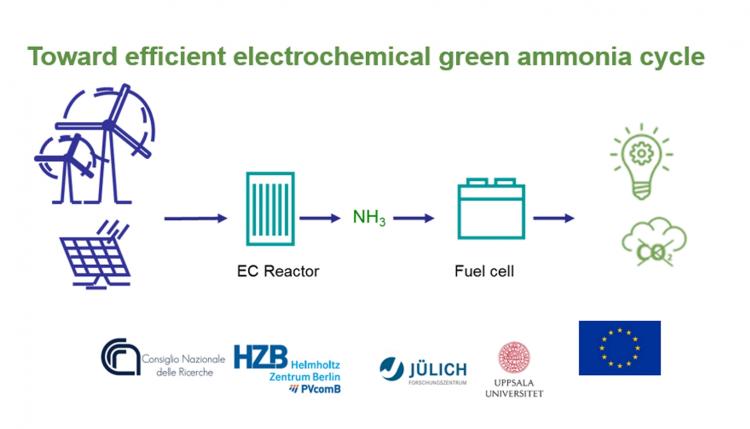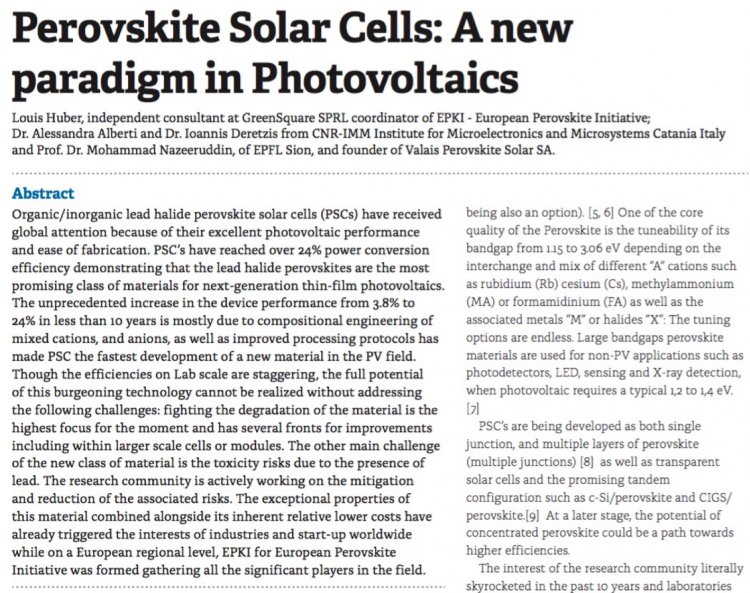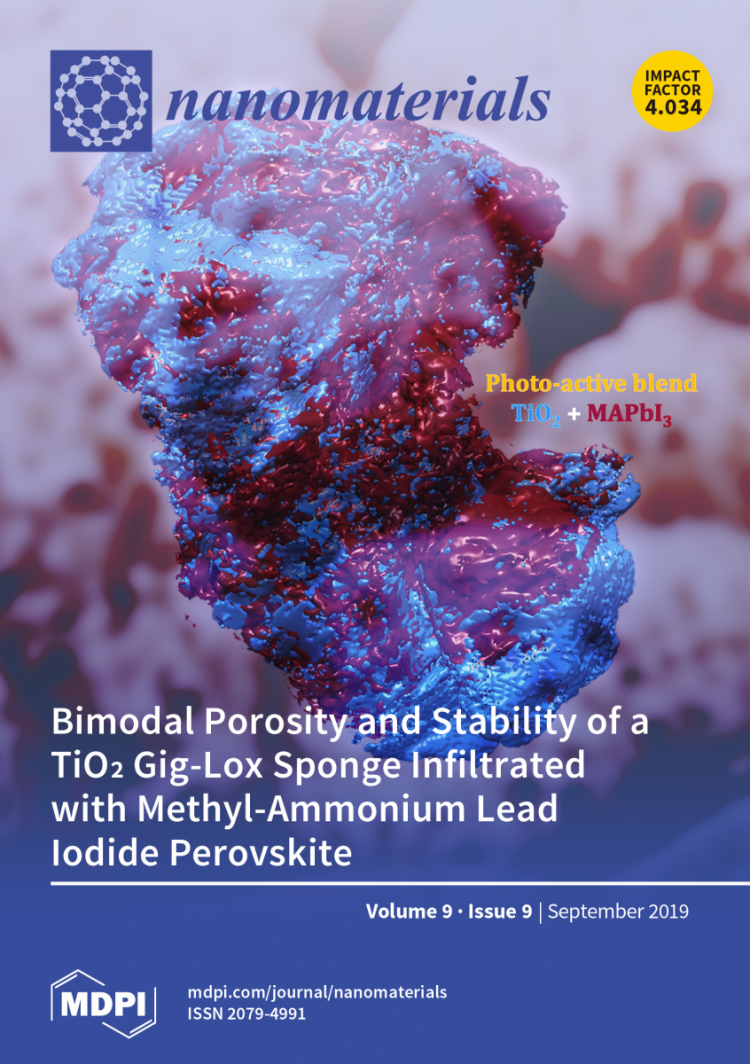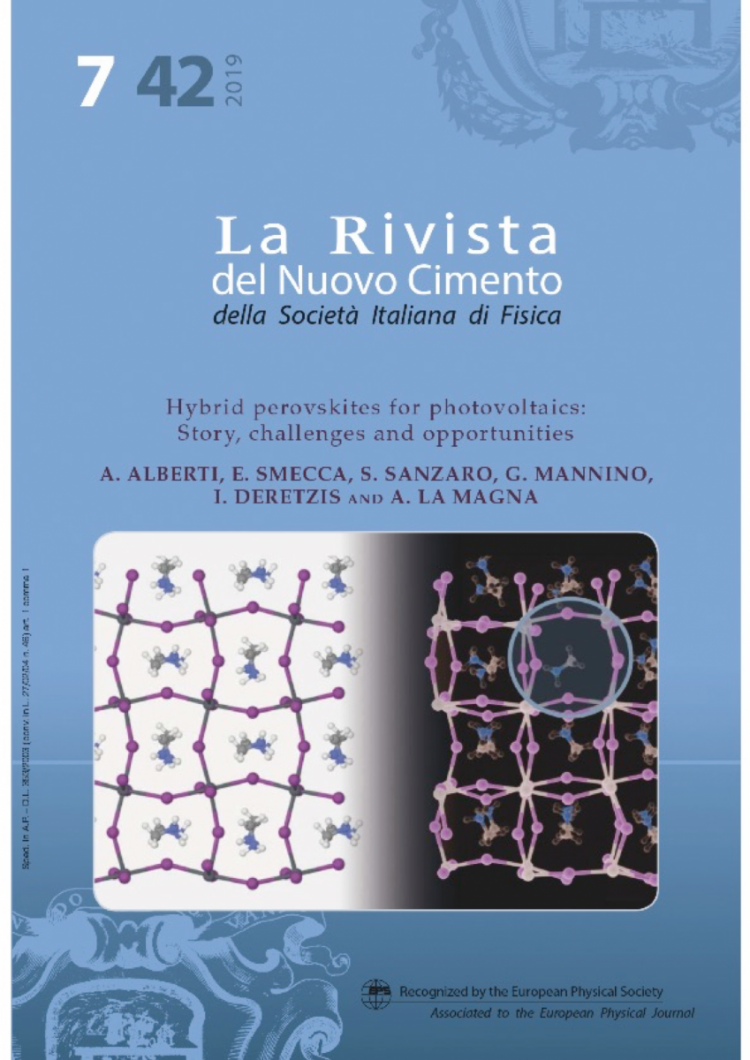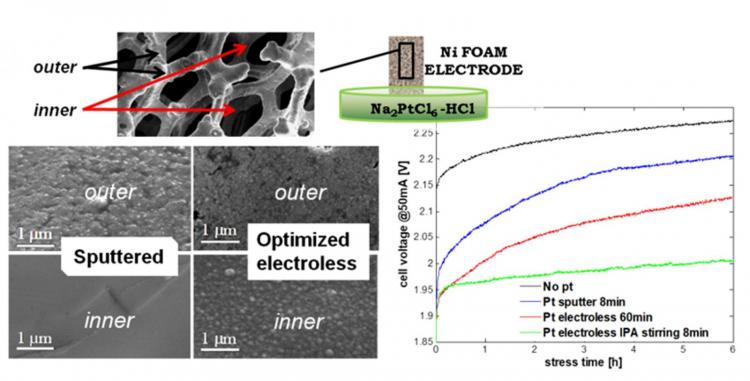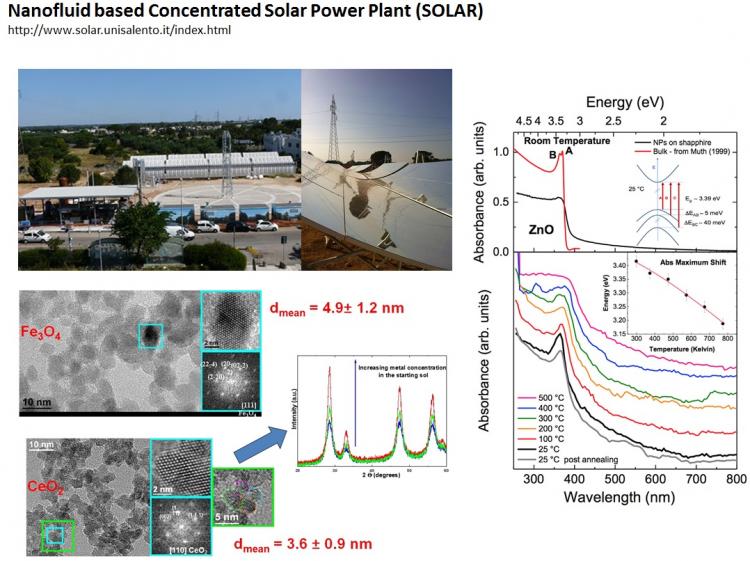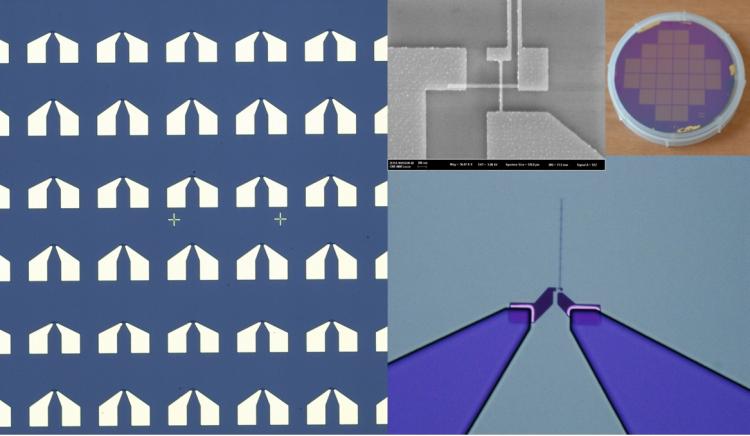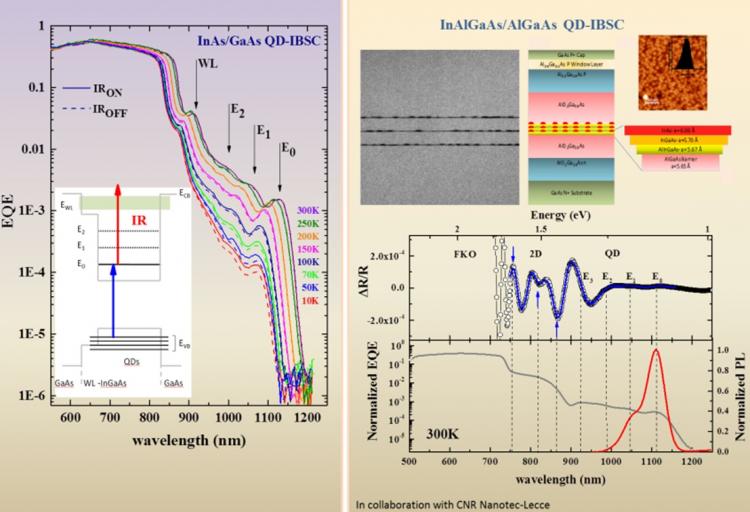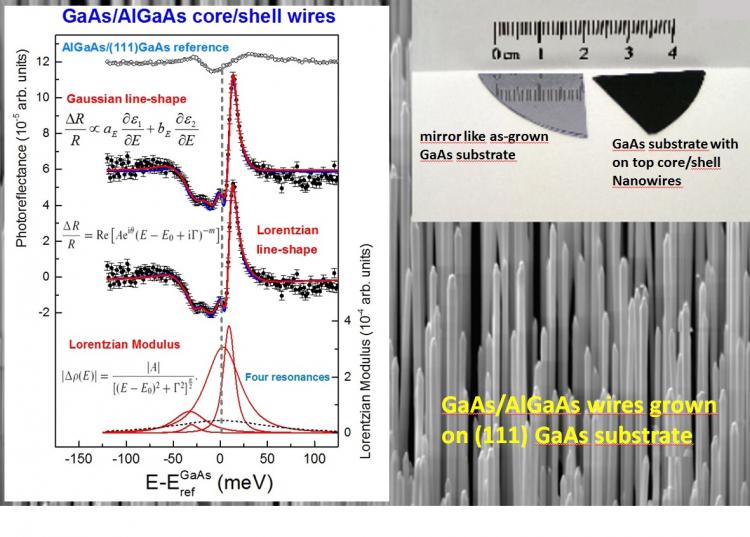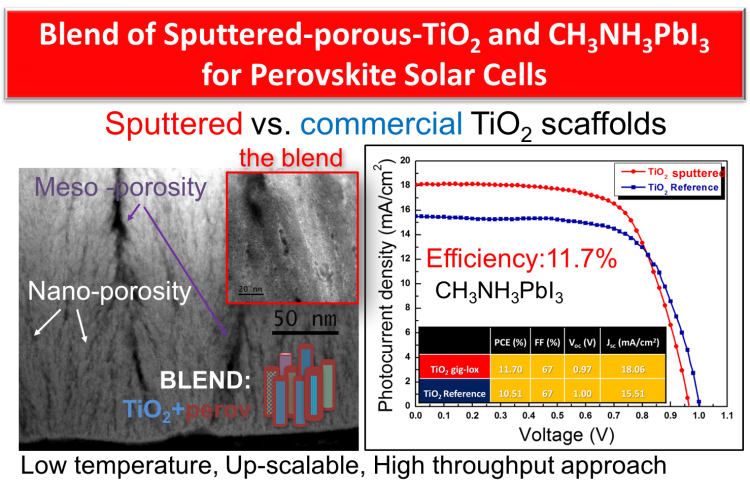Ammonia is one of the most important chemicals but its production requires an energy intensive process, responsible for about 1-2% of total CO2 emissions worldwide. Ammonia is...
Energy Conversion Devices
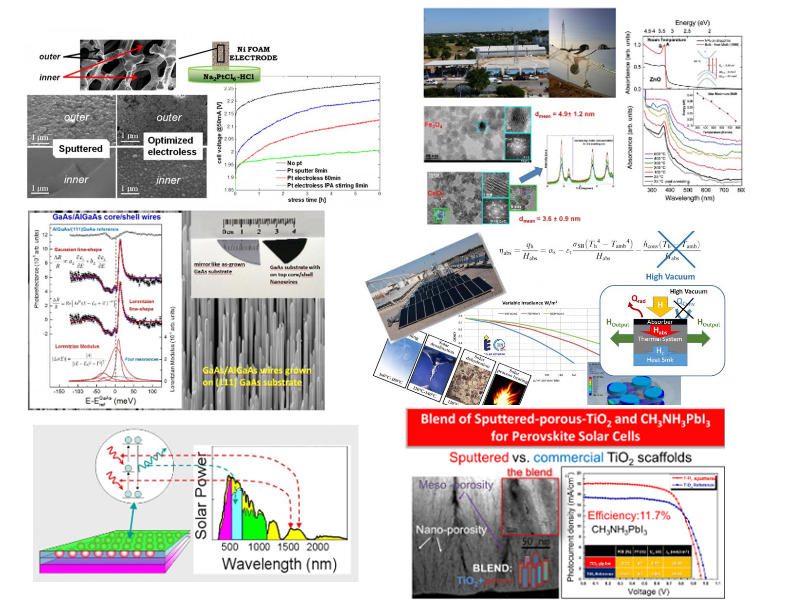
The field of Energy Conversion Devices is facing a huge growth thanks to the increasing interest towards renewable energies, due to the need at the worldwide level to reduce carbon emission for energy production. Photovoltaics from utility scale plants is already at grid parity in many countries in the world, producing numerous opportunities for the industrial growth. PV is also is a major technology for energy harvesting, to power novel generation of silicon microsystems, systems on chip (SoC) and systems in package (SiP) devices.
The dominant PV technology is silicon based, but novel PV technologies may become very important in future, for example coupled to Si PV technology in utility scale plants, or for building integrated PV, or for powering nomadic or wearable electronics, etc. The large range of applications and opportunities is driving a strong effort in research. At IMM we are fully involved in this new trend of research on Photovoltaics. As an example, the recent H2020 project AMPERE, leaded by 3SUN / Enel Green Power, with the participation of CNR-IMM, (https://www.imm.cnr.it/projects/ampere-automated-photovoltaic-cell-and-module-industrial-production-regain-and-secure) is studying automated production lines for silicon bifacial solar cells with high efficiency. These promise high efficiency, low costs and high productivity in terms of kWh for installed kWp.
The research work at IMM is performed in many cases in strict collaboration with companies but with focus on novel approaches with strong potential for industrial application. The major areas of work at IMM are reported below. Further information on such topics can be reported by directly clicking at the links below.
- Roberto Russo, CNR-IMM UOS: Napoli, Development of High vacuum flat thermal solar panel, https://www.imm.cnr.it/articles/efficient-thermal-energy-conversion-high-vacuum-flat-panels
- Mauro Lomascolo and Paola Prete, CNR-IMM UOS: Lecce, Innovative Materials and Devices for Energy Conversion: Design, Fabrication and Advanced Characterization, https://www.imm.cnr.it/articles/nano-fluids-applications-thermodynamic-solar-power-plants, https://www.imm.cnr.it/articles/nano-rectenna-high-efficiency-direct-conversion-sunlight-electricity, https://www.imm.cnr.it/articles/inasgaas-and-inalgaasalgaas-quantum-dots-intermediate-band-solar-cells-ibsc, https://www.imm.cnr.it/articles/third-generation-solar-cells-based-coreshell-iii-v-and-ii-vi-semiconductor-nanowires
- Alessandra Alberti, CNR-IMM Catania Headquarters, Hybrid architectures for dye sensitized and perovskite solar cells, https://www.imm.cnr.it/articles/hybrid-architectures-dye-and-perovskite-solar-cells
- Stefania Privitera, CNR-IMM UOS: SEDE, Photo-electrochemical Water Splitting for Hydrogen production, https://www.imm.cnr.it/articles/photo-electrochemical-water-splitting-hydrogen-production-0, https://www.imm.cnr.it/articles/photo-electrochemical-water-splitting-hydrogen-production
- Antonio Terrasi, CNR-IMM UOS: Catania - Università, Si and Ge Nanostructures for photovoltaics, https://www.imm.cnr.it/articles/si-and-ge-nanostructures-photovoltaics
- ROSARIA A. PUGLISI, CNR-IMM: SEDE, SILICON SOLAR CELLS BASED ON ADVANCED ARCHITECTURES AND PROCESSES, https://www.imm.cnr.it/articles/silicon-solar-cells-based-advanced-architectures-and-processes
- Caterina Summonte, Rita Rizzoli, and Vittorio Morandi, CNR-IMM UOS Bologna, Advanced concepts for energy conversion, https://www.imm.cnr.it/articles/nanostructured-silicon-based-p-i-n-devices, https://www.imm.cnr.it/articles/graphene-based-materials-energy-conversion-and-storage
- Francesco Ruffino, CNR-IMM UOS Catania-Università, Metallic nanostructures and metallic-based nanocomposites for energy conversion devices, https://www.imm.cnr.it/articles/metallic-nanostructures-and-metallic-based-nanocomposites-energy-conversion-devices
- Salvatore Lombardo, CNR-IMM Sede, Efficiency Enhancement and Reliability of New Generation High Performance Solar Cells, https://www.imm.cnr.it/articles/efficiency-enhancement-and-reliability-new-generation-high-performance-solar-cells
Contact: Salvatore Lombardo
By Louis Huber; Dr. Alessandra Alberti; Dr. Ioannis Deretzis; Prof. Dr. Mohammad Nazeeruddin
published in www.pv-tech.org
3D-Reconstuction of the TiO2-Gig-Lox/MAPbI3 blend by Coherent X-ray Diffraction Imaging (CXDI) taken at the European Synchrotron Radiation Facilities (ESRF) of Grenoble
FREE Download of the...
We are pleased to inform you that
our research group on Perovskites at CNR-IMM in Catania HQ has recently reviewed some main issues
on the stability of Hybrid Perovskites applied to...
Splitting water into hydrogen and oxygen is a key component of clean fuel and chemical synthesis from solar energy. One of the approaches to produce Hydrogen at low cost is to couple together...
In the last years the interest in the use of nanofluids in solar energy systems has grown very quickly. In particular the developments in Concentrated Solar Power (CSP...
The activity is focussed on the design and the fabrication of an innovative device to directly convert solar energy into electrical power based on optical rectified nano-rectenna.
...
Intermediate Band Solar Cells (IBSC) are an innovative concept of photovoltaic system with a theoretically predicted increased efficiency with respect to the Schockley-...
1) Hetero- and nano-structures based on III-V (GaAs/AlGaAs) and II-VI (CdTe) semiconductors, such as nano-islands and dense vertical arrays of nanowires grown by self-assembly...
Dye (DSC) and Perovskite (PSC) solar cells are revolutionizing views and perspectives in the photovoltaics field so that their efficiency has been raised up to ~22% in only 8 years since the first...


